How Social Media Is Rewiring Our Brains and Our Mental Health
Discover how social media profoundly impacts our brains and mental well-being, especially for Gen Z. This article explores the neuroscience of digital addiction, cultural and academic pressures, and the link between platforms like TikTok and rising youth depression.
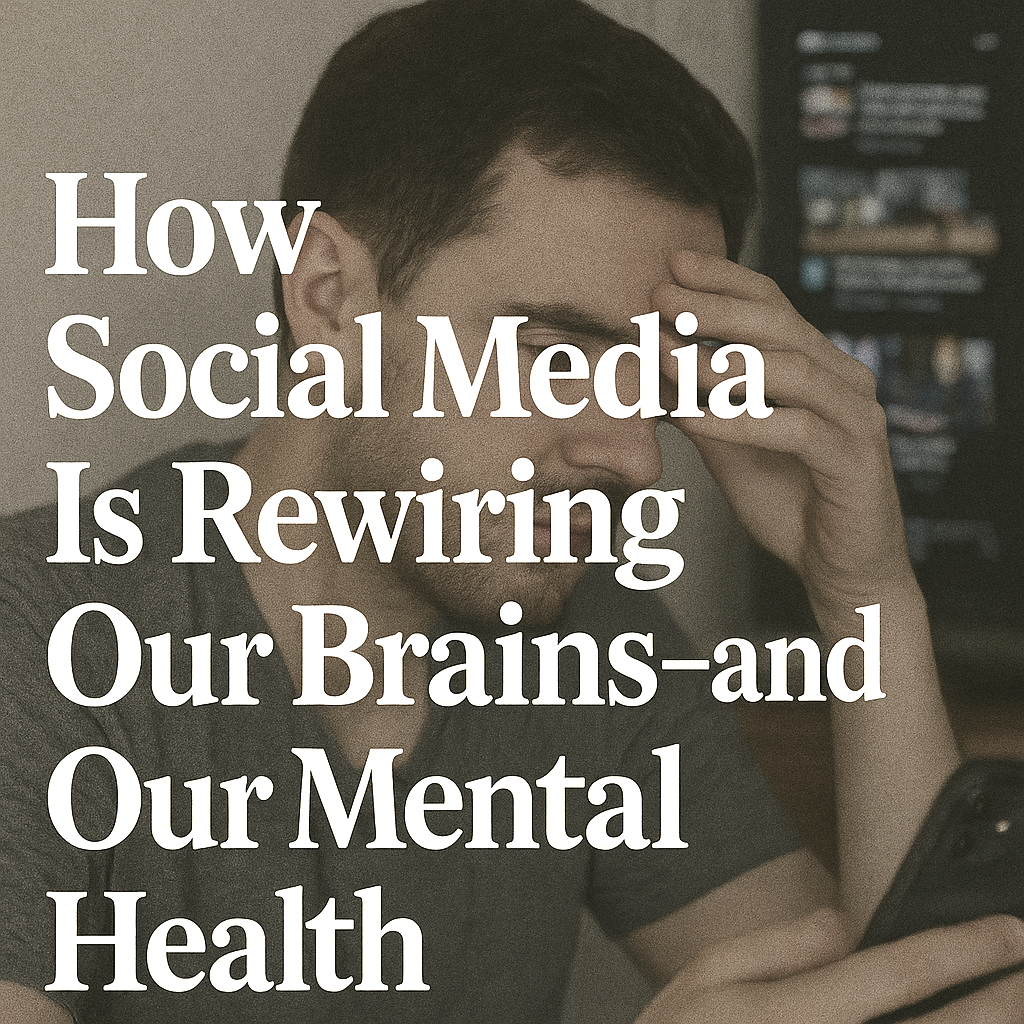
Written by Lavanya, Intern, Allegedly The News
NEW DELHI, July 30, 2025
Our ubiquitous smartphone screens are not merely communication tools; they are subtly yet profoundly reshaping our brains and mental well-being. What began as a means to connect has evolved into an intricate ecosystem of likes, shares, and endless scrolls, triggering neurochemical responses and behavioral patterns that demand urgent attention. This goes beyond mere screen time; it's about how our minds adapt, for better or worse, to a hyper-connected digital world.
The Brain on Social Media: Dopamine, Attention, and Addiction
Social media's allure stems from its impact on the brain's reward system, particularly the mesolimbic pathway, rich in dopamine. Each notification, like, or comment delivers an unpredictable hit of dopamine, reinforcing the behavior. This intermittent reinforcement, similar to that of slot machines, effectively creates habit loops and can lead to addiction. Frequent social media checking can activate brain regions linked to impulse control, potentially increasing sensitivity to social feedback, especially in adolescents.
This constant pursuit of novelty and reward also significantly impacts our attention. Platforms like TikTok, with their short, endless video feeds, optimize for screen time, conditioning our brains for quick bursts of content. This hyper-stimulus environment is believed to shorten attention spans, making sustained focus difficult. Constant switching between apps can also heighten stress and reduce cognitive performance. Research shows that heavy social media users often perform worse on cognitive tasks, suggesting a diminished ability to ignore distractions.
Gen Z's Mental Health: A Confluence of Pressures
Gen Z faces unique pressures amplifying social media's negative impact on their mental well-being.
The Digital Mirror and Social Comparison: Social media's curated "highlight reels" foster pervasive social comparison. Constant exposure to seemingly perfect lives leads young people to feelings of inadequacy, low self-esteem, and FOMO (Fear of Missing Out). This relentless comparison contributes significantly to anxiety and depression. Studies indicate that girls aged 10-14 are particularly vulnerable to decreased self-esteem due to social media use.
Academic Pressure Cooker: Gen Z's academic landscape is intensely competitive. High expectations, coupled with pressures to excel in exams and maintain grades, create chronic stress. The digital age further blurs boundaries, with students feeling "always on" for online assignments. This relentless pursuit of excellence, often driven by a fear of failure, leads to chronic anxiety, burnout, and inadequacy. India, for example, reports alarming rates of teenage suicide, with academic pressure being a major trigger for depression.
Economic Instability and Future Anxieties: Growing up amidst economic uncertainty, climate crises, and rising living costs, Gen Z carries a heavy burden of anxiety. This uncertainty, coupled with the "hustle culture" glorified on social media, leaves many feeling constantly on edge and struggling to balance work and life.
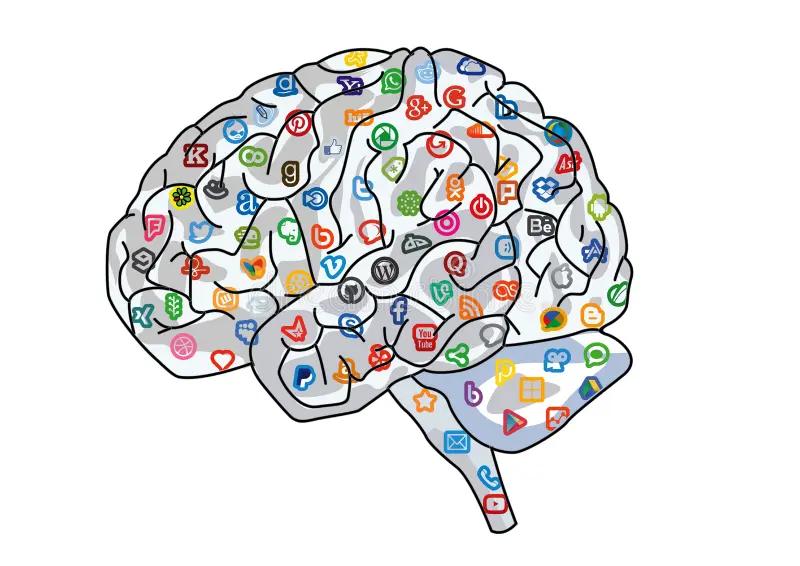
The TikTok Effect: Fueling Youth Depression
TikTok's highly personalized For You Page (FYP) algorithm epitomizes social media's addictive potential. Its rapid-fire content and tailored recommendations create an almost irresistible urge to scroll endlessly. Research indicates a significant association between increased TikTok use and higher rates of problematic social media use and depression scores among young people. The immersive, often emotionally charged content, combined with endless comparison and validation seeking, can create a detrimental cycle for mental well-being.
AI-Driven Mental Health Apps: Promise and Ethical Quandaries
The rise of AI-driven mental health apps like Woebot and Wysa represents a fascinating, yet ethically complex, frontier. These apps offer 24/7 access to guided self-help, often using CBT and DBT techniques. Wysa, for example, reports millions of users and billions of AI conversations, with many users showing significant improvements in anxiety and depression. Their accessibility, anonymity, and immediate support are undeniable advantages, especially where traditional care is limited.
However, significant ethical concerns arise:
- Privacy and Confidentiality: Sensitive mental health data requires robust privacy protocols. How is user data collected, stored, and used?
- Bias and Fairness: AI algorithms, trained on data, can perpetuate or exacerbate existing healthcare inequalities if the data is biased.
- Transparency and Accountability: The "black box" nature of some AI models makes understanding their recommendations difficult. Who is accountable for harmful or ineffective advice?
- Autonomy and Human Agency: AI should complement, not replace, human judgment and connection in mental health treatment. Over-reliance without human oversight is a serious risk.
- Safety and Efficacy: The long-term efficacy and safety of AI interventions require rigorous testing and continuous monitoring.
Teletherapy vs. Traditional Therapy: Bridging Access
The pandemic accelerated teletherapy's adoption, solidifying its place as a viable and often preferred model.
Teletherapy Advantages:
- Accessibility: Removes geographical barriers, benefiting remote individuals or those with mobility issues.
- Convenience: Offers scheduling flexibility and eliminates commute time.
- Reduced Stigma: Anonymity can lessen the perceived stigma of seeking therapy.
- Cost-Effectiveness: Can be more affordable by reducing overhead for therapists and travel costs for clients.
- Comfort: Many feel more at ease discussing sensitive topics from home.
Traditional Therapy Advantages:
- In-Person Connection: Allows for a unique human connection and subtle non-verbal cues.
- Crisis Management: More suitable for acute crises or severe conditions.
- Controlled Environment: A dedicated space offers separation from daily distractions.
- Broader Modalities: Some therapeutic approaches are more effective in person.
Current research largely supports teletherapy's effectiveness, showing comparable outcomes to in-person therapy for many conditions, particularly anxiety and depression. User experiences indicate high satisfaction. The choice often depends on individual preference, condition severity, and therapeutic approach.
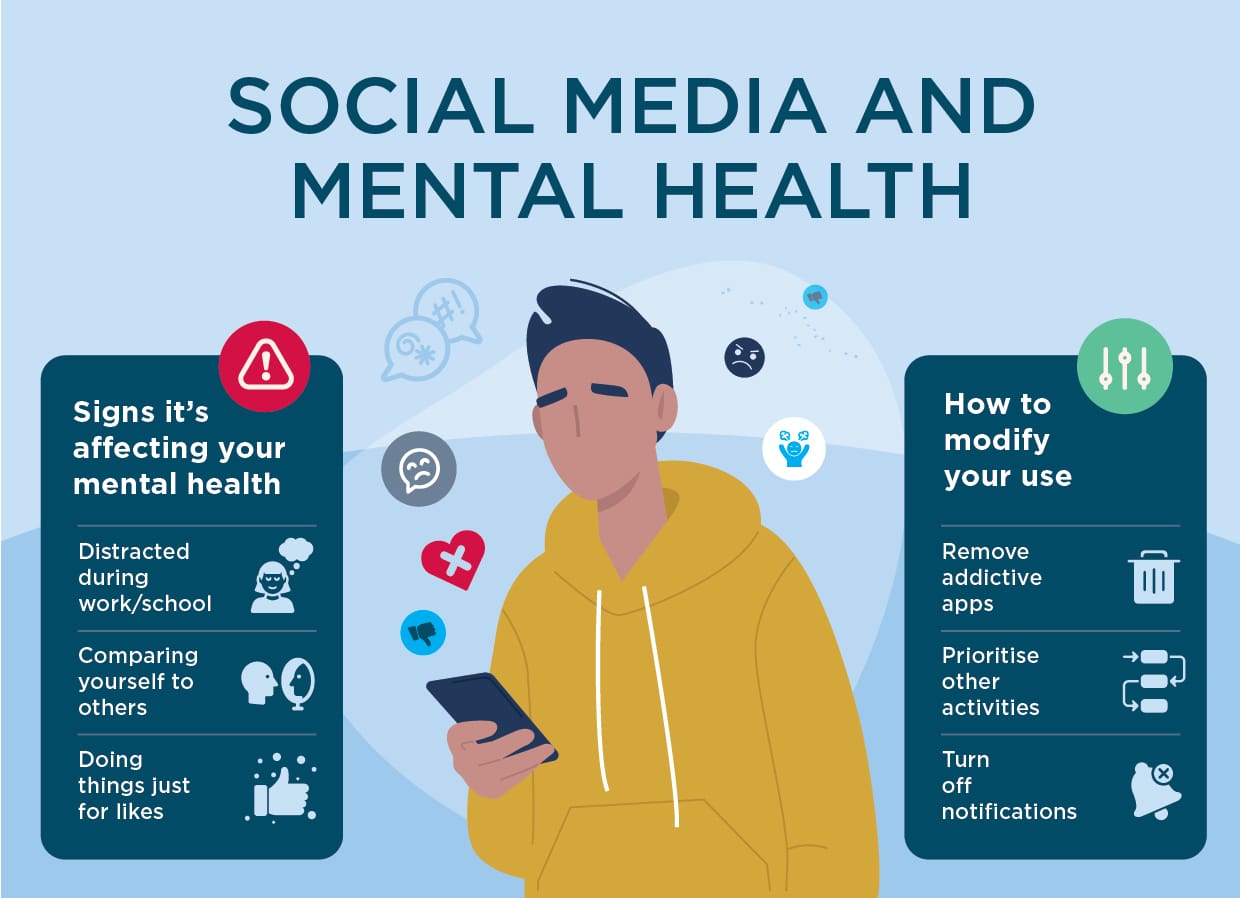
From Shame to Trend: Normalizing Mental Health Conversations
A significant cultural shift is underway, moving from mental health stigma to open dialogue. Youth-led movements and online creators have been pivotal. By openly sharing their struggles, experiences with therapy, and neurodiversity, they are normalizing mental health conversations for millions. Platforms like TikTok have become unexpected hubs for mental health discourse, with hashtags like #MentalHealth and #TherapyTok garnering billions of views. This widespread sharing fosters community, reduces isolation, and encourages others to seek help, powerfully destigmatizing mental health challenges.
The Relentless News Cycle and Digital Detox Strategies
The 24/7 news cycle, amplified by social media, can exact a severe psychological toll. Constant exposure to distressing news, global crises, political unrest, and injustices can increase anxiety, stress, and helplessness. This "doomscrolling" contributes to vicarious trauma and information overload, making coping difficult.
Digital Detox Strategies:
- Scheduled Breaks: Designate screen-free times daily or weekly.
- Notification Management: Turn off unnecessary notifications to reduce interruptions.
- Curated Feeds: Unfollow accounts that trigger negative emotions or information overload.
- Mindful Consumption: Be intentional about content engagement.
- Analog Activities: Engage in screen-free hobbies like reading or nature walks.
- Set Boundaries: Establish clear digital availability boundaries.
- Utilize Tech Features: Use built-in screen time trackers to monitor usage and set limits.
Studies consistently show that even short digital detox periods can improve attention, reduce stress, enhance self-reflection, and improve sleep (Frontiers, 2025).
Top Mental Health Apps: A Data-Backed Review
The mental health app market has expanded rapidly. Here's a review of some top contenders:
- Calm & Headspace: Pioneers in guided meditation and mindfulness, backed by research showing effectiveness in reducing stress, anxiety, and depressive symptoms, even in non-clinical populations (Frontiers in Public Health, 2022). They offer extensive libraries of meditations, sleep stories, and breathing exercises.
- Moodfit: Provides comprehensive tools, including journaling, mindfulness, and CBT techniques, focusing on goal setting and habit building.
- Sanvello: Offers self-care, peer support, coaching, and therapy, with a multi-faceted approach.
- MindShift CBT: From Anxiety Canada, this app targets anxiety relief using evidence-based CBT.
- Worry Watch: Helps users track emotional states to identify anxiety triggers and strengthen coping.
- Shine: Designed for the BIPOC community, providing culturally informed content and connecting users with BIPOC counselors, addressing a critical need for tailored support.
These apps are valuable supplementary tools, but not substitutes for professional mental healthcare, especially in severe cases.
The Wild West of Online Mental Health Content
The accessibility of social media has led to a boom in mental health content from both licensed and unlicensed individuals. While beneficial for information dissemination, it also carries risks.
What to Watch Out For:
- Unverified Credentials: Always verify the credentials of online advisors.
- Oversimplification and Misinformation: Complex issues are often oversimplified, leading to superficial understanding or harmful advice.
- Lack of Personalization: Generic advice cannot replace tailored support from a qualified professional.
- Commercialization of Distress: Some creators prioritize virality and branding over ethical support.
- Red Flags: Be wary of quick fixes, discouragement of professional help, definitive diagnoses, or promotion of unproven therapies.
Approach online mental health content critically, prioritizing evidence-based information from reputable sources.
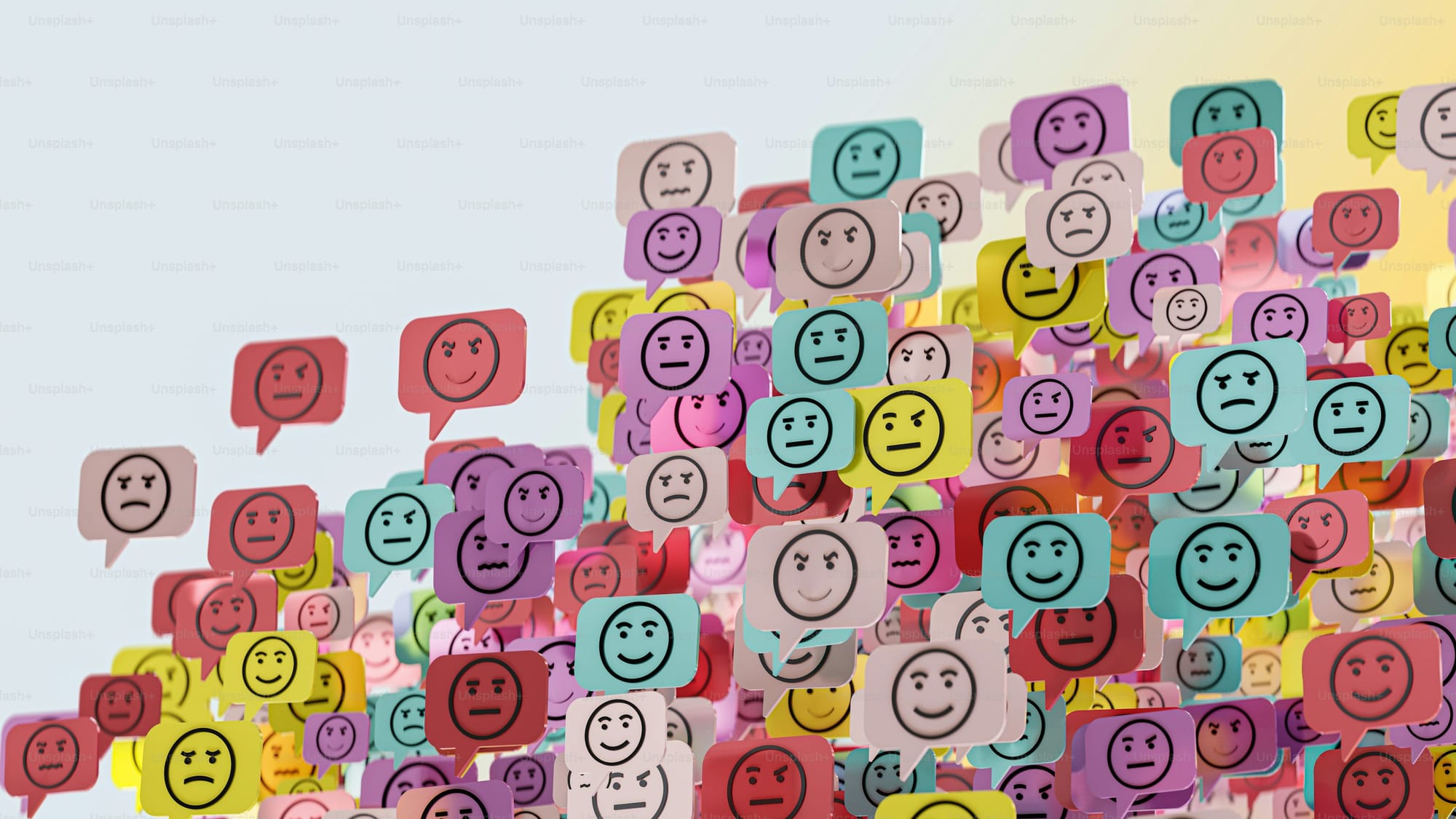
Tailored Support Online for Marginalized Communities
Online platforms and communities are crucial for LGBTQ+ youth, people of color, and neurodivergent individuals seeking accessible and culturally competent mental health support.
- LGBTQ+ Affirming Spaces: Online therapy platforms and support groups offer therapists knowledgeable about LGBTQ+ challenges, fostering trust and reducing fear of judgment.
- Culturally Competent Care: Apps like Shine address the need for culturally sensitive resources, connecting users with therapists who share their background or have specialized training.
- Neurodivergent-Friendly Resources: Online communities provide invaluable support for neurodivergent individuals, helping them navigate a world often not designed for their needs and fostering belonging.
- Anonymity and Safety: Online anonymity offers a safe space to explore identities and seek help without fear of discrimination.
These online avenues are vital for ensuring nuanced and empathetic mental health support for marginalized communities.
Algorithms and Accountability: Social Media's Dark Side
Social media algorithms, designed to maximize engagement, often amplify emotionally charged or controversial content, which can lead to the dissemination of harmful material.
- Echo Chambers and Polarization: Algorithms create filter bubbles, reinforcing biases, leading to polarization and diminished empathy.
- Harmful Content Amplification: Content related to self-harm, eating disorders, and extremism can be amplified, exposing vulnerable users to dangerous material.
- Cyberbullying and Harassment: Despite policies, cyberbullying is prevalent, with algorithms sometimes failing to detect and remove it. Cyberbullying victims are three times more likely to attempt suicide.
- Lack of Platform Responsibility: There's growing criticism of social media companies for insufficient content moderation and prioritizing profit over user well-being. Calls for transparency and accountability for algorithmic amplification are increasing.
The Commercialization of Wellness: Comfort or Commodity?
The wellness industry, including mindfulness apps, is a multi-billion-dollar market. This commercialization raises the question: Are these apps truly fostering sustained well-being, or merely selling comfort? While many offer evidence-based practices, the emphasis on subscriptions can commodify mental well-being. Users must distinguish genuinely helpful resources from those prioritizing profit over efficacy.
Immersive Therapy: The Future of Mental Health Treatment
Beyond apps, VR-based mental health treatment is being tested clinically for PTSD, anxiety, and phobias. By creating controlled, immersive environments, VR allows gradual exposure to triggers, facilitating exposure therapy and cognitive restructuring. This innovative approach holds promise for personalized and impactful therapeutic experiences. Pfizer, for example, is exploring how immersive environments can improve patient outcomes for anxiety, depression, and PTSD.
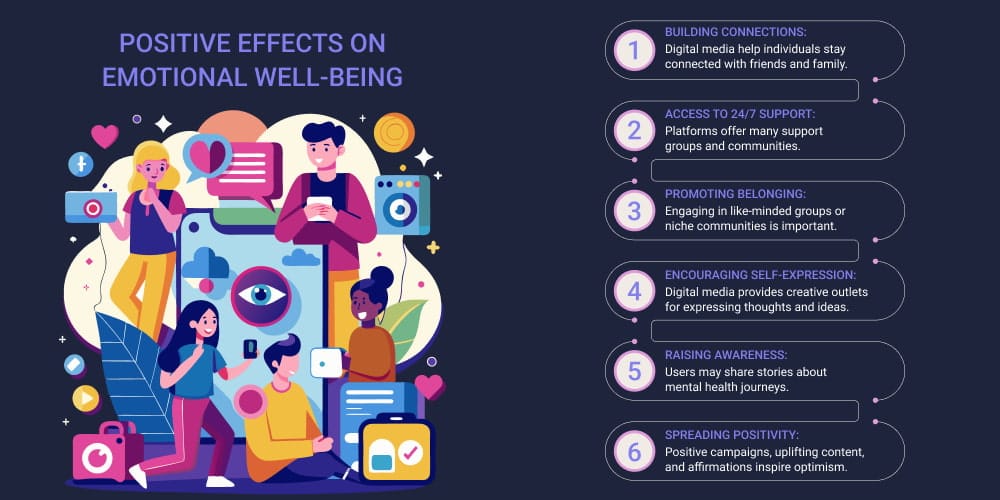
A Cultural Evolution: From Shame to Social Media Trend
The shift from mental health stigma to open discussion is remarkable. Historically, seeking therapy was private and stigmatized. Today, the increasing visibility of therapy, medication, and mental health struggles on social media has, in some ways, turned it into a "trend." This reflects a growing collective consciousness and willingness to address challenges openly. However, it also poses a nuanced question: how do we ensure genuine support and understanding prevail over superficial engagement and performative advocacy?
Takeaway Theory: The Digital Adaptation Hypothesis
The pervasive influence of social media suggests a "Digital Adaptation Hypothesis." This theory posits that the human brain, being highly adaptable, is undergoing rapid, often maladaptive, changes in response to the constant stimulation, intermittent reinforcement, and social comparison inherent in social media use. While some adaptations might foster new forms of connection and information processing, others, particularly those affecting the dopamine reward system and attention regulation, increase vulnerability to mental health disorders. Addressing this requires a multi-pronged approach: fostering digital literacy, promoting mindful technology use, implementing ethical AI design, and advocating for greater platform responsibility. Our collective mental health depends on our ability to consciously shape this ongoing digital evolution.
The Unseen Architect: Questions for a Connected Future
As we navigate this increasingly digital landscape, social media's profound impact on our brains and mental health remains a critical frontier. Are we truly in control of our digital interactions, or are we subjects in an experiment designed by algorithms? How do we balance connectivity's benefits with the urgent need to protect our cognitive and emotional well-being? What roles must individuals, parents, educators, and policymakers play in shaping a digital future that genuinely supports human flourishing?
Sources
Connecticut Children's, HelpGuide.org, Faculty Minds, Transformations Network, PMC (Exploring Problematic TikTok Use), Wysa, Priory Group mental health infographic, MDPI, The Varsity, Lonestar Neurology, Frontiers (Digital Detox), Dreamstime, Frontiers in Public Health (Mindfulness Apps), Unsplash, Social Media Victims, BrightPath Behavioral Health, Appinventiv, HHS.gov, Nivati.




